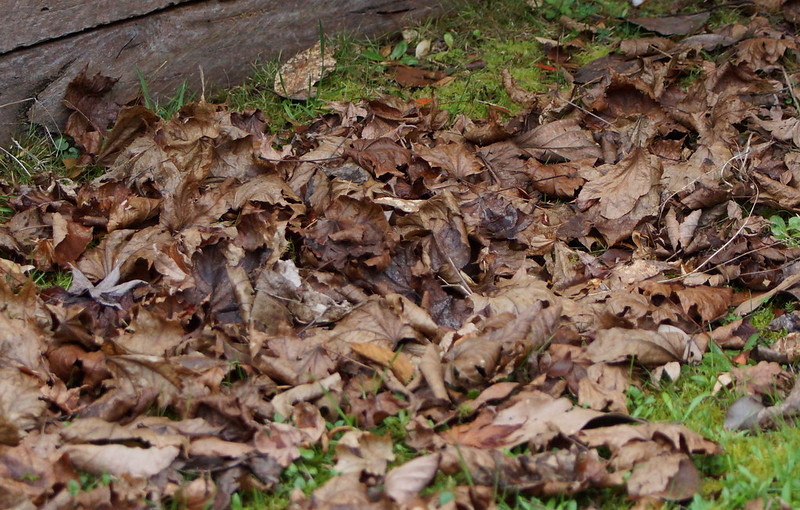Today while sitting near the patch of weeds that poses as our lawn I observed 3 red-browed finches, 2 diamond firetails & 4 Adelaide rosellas feeding on introduced winter grass seeds &, probably, the flowers of Common Cotula Cotula australis, a native herb. This is yet another clear indication of the value of having grasses, especially indigenous grasses, as part of our backyard gardens.
I'm particularly excited about the presence of the diamond firetails as they've been present for some months now & I'm hoping they'll begin breeding here (s.e. slopes of Mt Lofty Ranges, SA). Today I heard the two calling to each other for a couple of minutes across about 60 metres of bush & wonder if that's part of their courting behaviour.










Splendour in the grass at Woko's place. There seems to be growing acceptance and use of specialty and native grasses in gardens, probably promoted by good sources of information, availability of seeds and example shown by professional landscapers. Native grasses make a lot of sense in terms of water savings and if they can increasingly replace the boring, sterile lawns of the suburbs and the associated need for lawnmowers, brushcutters, sprinklers and chemical lawn fertilisers, with the added benefit of providing food for native birds, then people should be actively encouraged to use them.
you need that:
M-L
Sorry, the text should be the other way around.
But you also need this:
M-L
Today the diamond firetails, red-browed finches & Adelaide rosellas were joined by 6 red-rumped parrots & 2 yellow-rumped thornbills, the latter feeding on insects, I presume. Splendour in the grass indeed, Night Parrot!
It's great to have indigenous grasses as an integral part of a garden but it's such a shame when landscapers & local governments use non-indigenous plants, particularly ferals like pampas grass & green fountain grass which are prone to invading natural areas & make it difficult to establish indigenous native grasses.